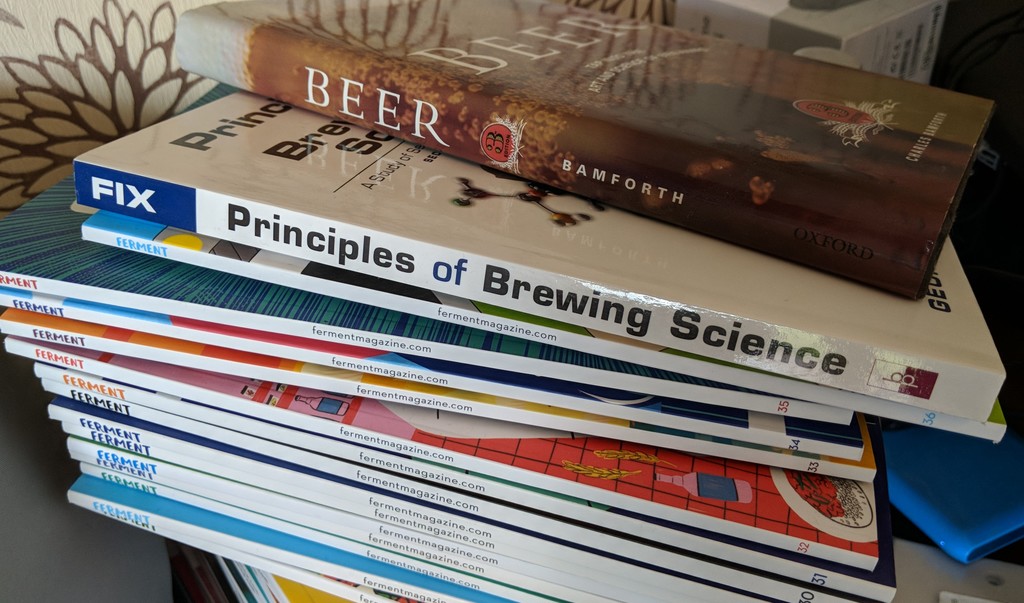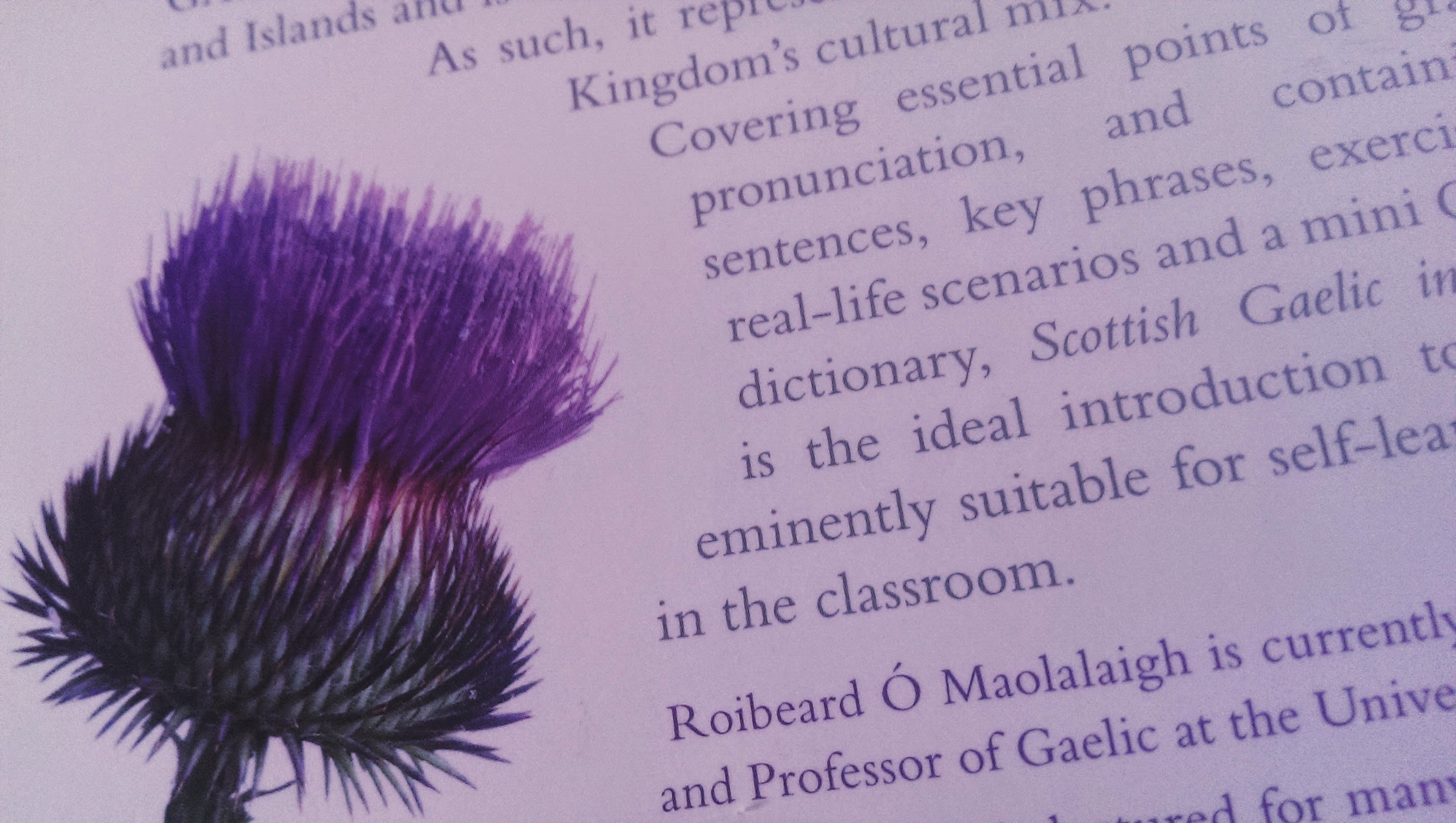Learning to Brew Journal - Preface
Categories: 2-minute read
Some time ago, I made the decision that at some future point in my life I want to be a craft beer brewer. For reasons this has not yet transpired but the dream still remains and recent plans to relocate to rural Japan in 4 years time provide potential opportunity for the wheels to be put in motion.
My only experience thus far of brewing was when a few years ago, a friend invited myself and a few others to the Stewart Brewing Craft Beer Kitchen where under the guidance of a resident brewer we had a fairly decent go at making a milk stout. The day in the brew kitchen was excellent and really encouraged me to learn more about the process.
As it stands, in a room which was formerly a garage but hasn’t quite finished it’s conversion into anything resembling suitable, sits a Grainfather All Grain Brewing System along with a conical fermenter, a large urn and various other brewing paraphernalia. All as of yet, still boxed and awaiting their inaugural run. I have a few other pieces to “invest” in before I’m ready to start brewing but the main barrier has been the unfinished room.. which will hopefully be finished soon.
I’ve been a member of the Beer52 craft beer club since a month after its inception (I think) and have sampled many craft beers from around the planet and each month I learn a little more. I initially started a paper journal, just recording the hop choices and tasting notes for the beers I was getting delivered, however that soon became tiresome and primarily delayed the drinking of the beer so I stopped. I still have a lot of learning to do and am hoping that recording my brewing experiences will help me in this process.

So, the purpose of this blog will be primarily self-education and note-taking but I hope that it provides some interesting reading for fellow enthusiasts who like myself don’t necessarily have all the jargon knowledge of more seasoned professionals.
I’m categorising this journal under brewshido.. Bushido is the Japanese term for “way of the warrior” and I previously had a blog called bushidodreams (which can be found on this site).. so I’m coining the term brewshido to mean the way of the brewer.
I acknowledge that neither my brewing nor my Japanese language knowledge are of a sufficient level to warrant the brashness of coining a new word in my second language but it is what it is!









